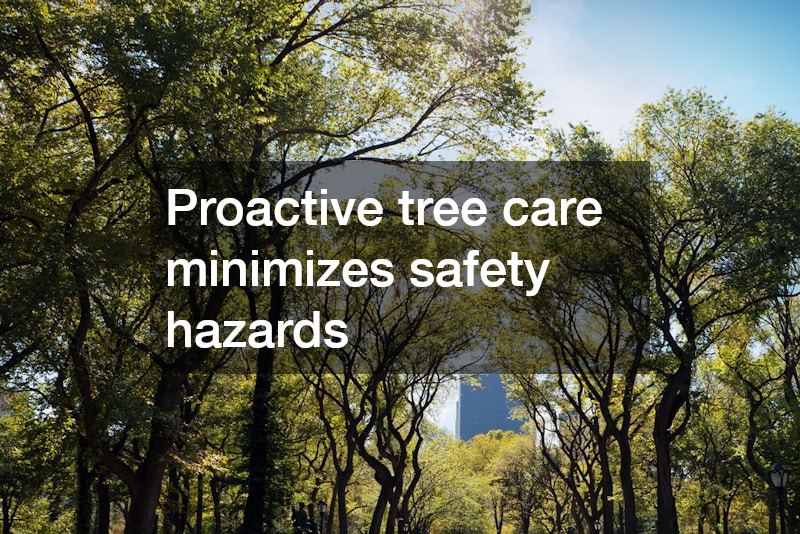Understanding the value and importance of trees in our ecosystem is crucial. They play a significant role in purifying air, conserving water, and providing habitat for wildlife. When planning to maintain or treat your trees, consulting a certified arborist can provide numerous benefits. This article will guide you on the essential aspects you need to consider before meeting with a local certified arborist. By making informed decisions with the help of a professional, you can ensure the health and longevity of the trees on your property.
How to Choose the Right Arborist
Before hiring, ensure the arborist has the necessary credentials and certifications, such as ISA certification, to guarantee their expertise and professionalism. Verifying these credentials ensures that the arborist adheres to industry standards and ethical practices. A certified arborist will have undergone rigorous testing and continued education to maintain their qualifications.
Choosing an arborist with proper certifications signifies their commitment to providing top-notch service. In addition, certified arborists possess the knowledge required to handle a wide variety of tree care scenarios. This knowledge translates into effective solutions and advice tailored to your specific tree care needs.
Moreover, certifications such as the ISA certification allow arborists to stay updated on the latest advancements in tree care technology. An arborist who is not only well-trained but also current with industry trends, ensures that your trees receive the best possible care. This is vital in preventing long-term issues that can arise from improper tree maintenance practices.
To gauge an arborist’s reputation and the quality of their work, ask for references from past clients or check online reviews. This feedback from other clients provides insight into the arborist’s reliability and customer satisfaction. A reputable arborist will willingly share references and have an online presence that reflects consistent quality.
Understanding the Cost of Services
Obtaining estimates from several arborists helps you compare costs and services offered, ensuring a reasonable and transparent pricing structure. This process allows you to identify discrepancies in cost and service delivery among professionals. By analyzing these variances, you can make an informed decision that balances quality and affordability.
Multiple estimates provide a clearer picture of what you should expect to pay for various services. It also offers insight into the arborist’s approach to pricing and their understanding of the project’s scope. An arborist who provides a detailed breakdown of costs shows transparency and a commitment to fair business practices.
Getting several estimates encourages competition, potentially resulting in more competitive rates. It also provides grounds for negotiation, should you have budget constraints. Ultimately, this strategy promotes a comprehensive understanding of the market, ensuring you receive the best value for your investment.
Discuss the specific services you require, such as pruning or removal, to understand how these tasks will impact the overall cost. This clarity facilitates an understanding of what is included in the arborist’s estimate and prevents unexpected expenses. Detailed discussions ensure that both parties have aligned expectations, mitigating potential misunderstandings.
What to Expect During an On-Site Assessment
During the assessment, the arborist will evaluate the health, structure, and safety of your trees to recommend appropriate care strategies. This thorough examination helps identify any signs of disease, pest infestations, or structural instabilities. The arborist’s expertise allows for a detailed evaluation that considers the specific environmental conditions your trees face.
An initial evaluation serves as the foundation for developing a comprehensive care plan. By understanding the current state of your trees, the arborist can make informed suggestions tailored to your property’s unique needs. This process ensures that all aspects of tree health and safety are considered in their recommendations.
A complete assessment also identifies areas where preventative maintenance can prolong tree life. Detecting early signs of decline or disease allows for timely interventions, preventing further damage. Consequently, the initial evaluation represents a crucial first step in proactive tree management.
The arborist will identify potential risks, such as disease or structural weakness, that may require immediate attention or management. This identification is essential in preventing hazards such as falling branches or tree failure, which could pose significant safety threats. Addressing these risks ensures the protection of not only your property but also the people around it.
Benefits of Regular Tree Maintenance
Regular maintenance helps prevent disease and structural problems, promoting the overall health and longevity of trees. Consistent care ensures the timely detection and treatment of emerging issues, such as disease or pest infestations. Implementing a regular maintenance schedule is a proactive approach to preserving tree vitality and lifespan.
Routine check-ups conducted by a certified arborist allow for the continual monitoring of your tree’s health status. This ongoing observation aids in identifying subtle changes before they escalate into significant problems. Regular maintenance empowers property owners to take active ownership of their tree care responsibilities.
By investing in routine maintenance, you contribute to a healthier living environment and a stronger local ecosystem. Healthier trees make significant contributions to air quality, carbon sequestration, and biodiversity. Thus, consistent care translates into ecosystem-wide benefits that extend beyond individual properties.
Proactive tree care minimizes safety hazards, such as falling branches, by maintaining tree integrity and stability. Regular inspections and timely interventions ensure that safety concerns are swiftly addressed. Regular maintenance reinforces a proactive approach to risk management, safeguarding people and properties.
Meeting with a local certified arborist can significantly benefit your trees and property. By understanding how to choose the right arborist, grasping the cost implications, knowing what to expect during assessments, and appreciating the value of regular tree maintenance, you can make informed decisions that support the well-being of your trees and enhance your surroundings. Partnering with a professional arborist ensures that your trees are maintained with the utmost expertise and care, enabling a healthier, safer, and more beautiful property.




